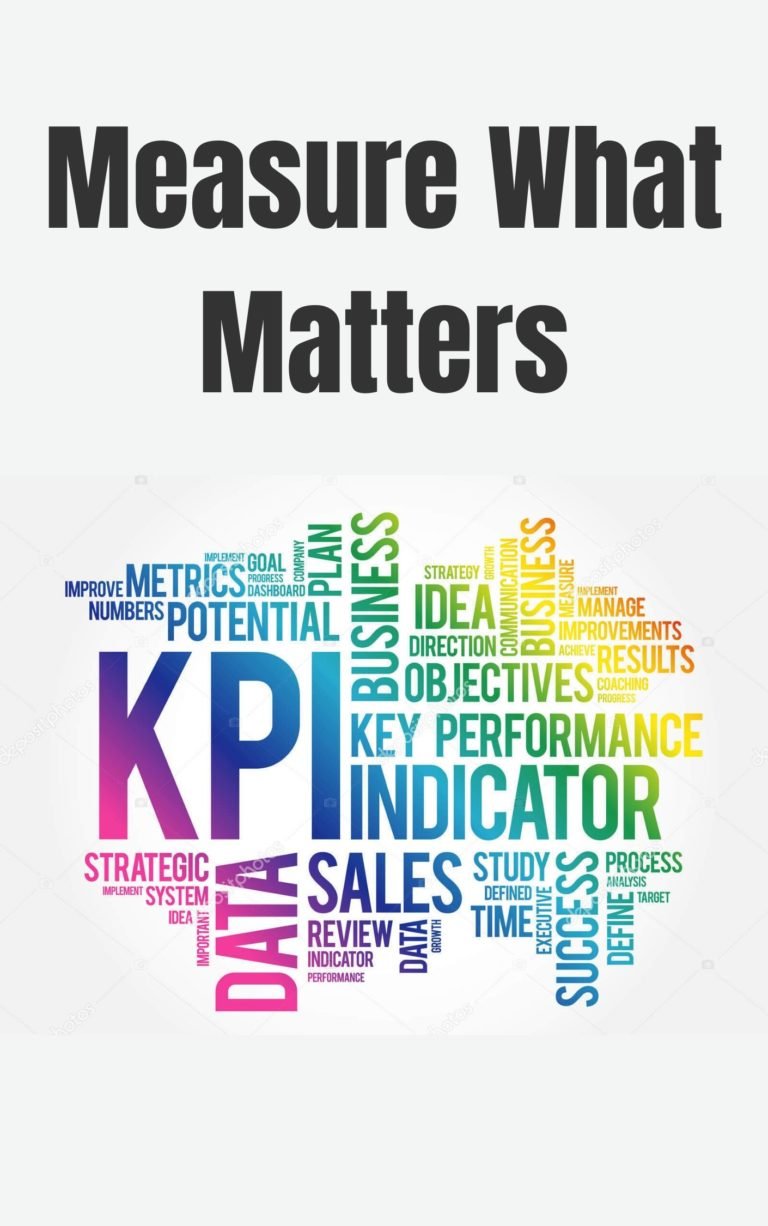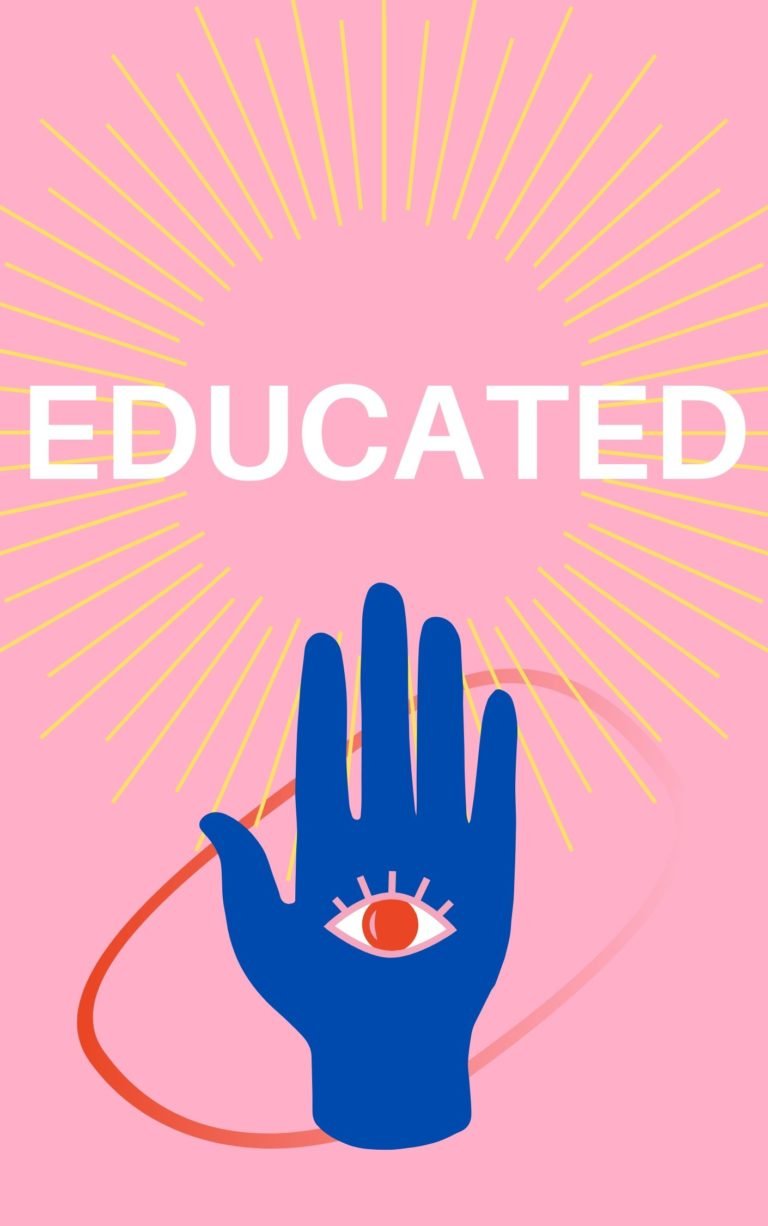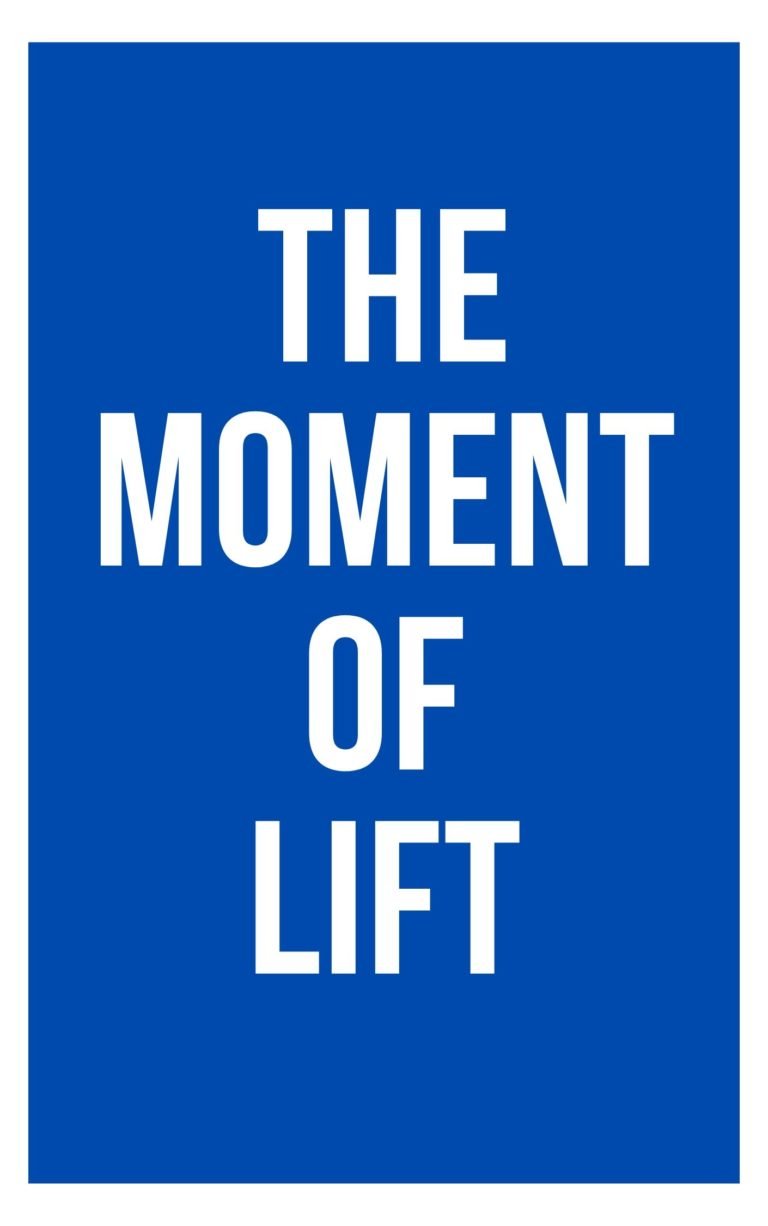Good and Mad
The Revolutionary Power of Women’s Anger
Rebecca Traister
Rating: 8.8
“Urgent, enlightened… well-timed for this moment even as they transcend it, the kind of accounts often reviewed and discussed by women but that should certainly be read by men…realistic and compelling…Traister eloquently highlights the challenge of blaming not just forces and systems, but individuals.”
-Washington Post
Contents
Feminist Waves and Antifeminist Backlash
A 1982 crusade by conservative activist Phyllis Schlafly scuttled the 24-word Equal Rights Amendment that would have given women equal protection in the Constitution. Schlafly snuffed out the rage-filled 1970s “second wave” of feminism, and heralded a new era of conservative reactionary politics under Ronald Reagan and the “religious right.” The conservatives sought to dismantle support for poor and middle-class women seeking independent lives, whether they were married or not. The right blamed “feminism” – which it saw as a bad word – for a shortage of marriageable men and for unstable homes.
“The discouragement of women’s anger – via silencing, erasure and repression – stems from the correct understanding of those in power that in the fury of women lies the power to change the world.”
Pockets of angry protest have erupted since the 1970s. Conservative women played a large part in “Tea Party” protests opposing President Barack Obama’s policies; the billionaire Koch brothers bankrolled much of their supposedly grass-roots activity. Tea Partiers, who advocated traditional gender roles, had nicknames like “patriotic moms on steroids,” while they painted feminists as shrill hysterics. In Congress, Tea Party members undid social safety net programs and tried to defund Planned Parenthood and ban abortion.
“To maintain minority rule, the majority’s resistance must be repressed, its anger discouraged.”
In 2013, Alicia Garza and Patrisse Khan-Cullors started the Black Lives Matter movement to focus attention on systemic racism, especially in law enforcement. Unlike many other coalitions, Black Lives Matter committed to female leadership from the beginning.
Not So Post-Sexist
Sheryl Sandberg’s 2013 bestseller Lean In and Beyoncé’s fierce performance before a lit-up “Feminist” sign also signaled that women were participating in and succeeding in areas of life previously closed to them. So why were they angry? Women were insiders now.
“I no longer believe that it is anger that is hurting us, but rather the system that penalizes us for expressing it, that doesn’t respect or hear it, that isn’t curious about it, that mocks or ignores it.”
In 2016, many people in the United States expected to make the transition from the first black president to the first female president. The myth was that America was post-sexist and post-racist, but a backlash was brewing. In 2016, Congress was 19% female, but neither major party had ever nominated a female presidential candidate. And, in 2016, feminism didn’t usually directly challenge the patriarchy.
“The mechanisms of white male minority rule have been varied: from the denial of equal pay protections to the criminalization of reproductive autonomy.”
Donald Trump’s campaign rallies featured rage, with the candidate calling for violence, tolerating neo-Nazi displays and encouraging his audience to hate Democratic nominee Hillary Clinton. Attendees chanted “Lock her up.” Trump tapped into fears that social progress came at his supporters’ expense. Some thought the electorate would reject Trump and his “retrograde white patriarchal expression,” but his supporters loved him for that.
“For years – forever – simply being the powerful man was plausible exculpation for monstrous behavior toward women.”
Hillary Clinton’s history as a party insider – a centrist compromiser her entire career – exposed her to vitriol from the left. Socialist challenger Senator Bernie Sanders, an independent, as well as sentiment from the Democratic party, combined to move Clinton leftward during the primary. Hatred from the left expressed itself in belittling, gender-based criticism. Self-described progressive activists chanted “Lock her up” at the Democratic National Convention. Women had expressed rage while looking for political legitimacy and now they directed that anger at a woman who could be president.
“It’s a choice made by millions of women throughout time: the decision that the best strategic approach is to take the anger you feel and stuff it way down deep.”
Stories came out about Trump groping and kissing women over the decades, and on a tape shown on Access Hollywood he bragged about forcing himself on women and grabbing their private parts. Women were appalled, but many were so sure that Clinton would be elected president, they planned to respond with their votes. In the end, a majority of white women voters cast their ballots for Trump, while 94% of black women voters chose Clinton.
Backlash to the Backlash
After the election, a diverse coalition of activists in civil rights, reproductive rights, and economic and environmental justice organized The Women’s March to resist the Trump presidency. The event, which was held in Washington on January 21, 2017, was the largest political protest in American history, but it barely registered in the “male-dominated political media.” The day after the march, organizers got busy working on electoral issues and recruiting candidates and volunteers. Emily’s List and Planned Parenthood held “massive” trainings for political activists.
“The 2016 presidential victory of an unqualified and monstrously abusive white patriarch over a qualified female competitor provoked rage in direct response to that loss.”
Trump imposed what amounted to a ban on Muslims entering the United States. Many people took action to help female immigrants. Acting Attorney General Sally Yates ordered the Department of Justice, which she led, to stand down in its enforcement and defense of the ban. She believed it was unconstitutional. The Trump administration fired Yates. Protesters delayed Trump’s efforts to dismantle Obama-era initiatives, particularly the Affordable Care Act (ACA). The fight went beyond Trump to the policies of white supremacy, patriarchy and income inequality. Women were fed up and angry. Goodbye, “cool feminism.”
“Medusas”
For centuries, art has depicted angry woman as aberrant, unnatural, ugly, overly emotional and unpleasant. Powerful women from Susan B. Anthony to Hillary Clinton have suffered depiction as Medusa-like monsters who need to be cut down. Republican broadsides focusing on Nancy Pelosi depict her as villainous or as a witch. Women hardly know what to do with their anger. They are conditioned to suppress it. The stigma against women’s anger is so ingrained that most people think being angry is unhealthy. Anger works favorably for white men, but against women. Clinton lacked the oratorical skill of her political opponents. She constantly worried about sounding too angry, too shrill or too emotional.
“The way that a minority power protects itself from the potential uprising of a majority is to discourage unification of that majority.”
Representative Maxine Waters is a vocal, unapologetic Trump critic. When people challenge her about her outspoken animosity to the president, Waters says that she’s repeatedly made the case for impeachment, but people are unaccustomed to women, especially black women, challenging authority. By depicting Waters as crazy, or as an “angry black woman,” media makers and her opponents sidestep dealing with her valid critiques and righteous indignation. Protesters laud Waters for her clear statements of anger. But would they be as supportive if she had any real power? Angry black women have to some extent become a cultural caricature precisely because black women have so little ability to challenge white patriarchy. The Internet adored Hillary Clinton for her smart toughness as secretary of state. But when she pivoted to presidential candidate, the social media love vanished. Giving Clinton real power changed the equation.
Fractious Change
All effective social movements have internal fissures. Divide and conquer is an ancient, effective political tactic. Powerful alliances formed in the 1830s between abolitionists, laborers and women seeking the vote. They posed a threat to the status quo, and their opponents hated, reviled and sabotaged them. African-American author and activist Frederick Douglass fully supported Elizabeth Cady Stanton and the women at Seneca Falls in their demand for suffrage. After the Civil War, Congress gave black men the vote but denied it to women. Citizenship became defined in the Constitution as masculine. This divided the coalition between blacks and women. Amplifying the existing divides worked to the advantage of those already in power – white males.
“We just don’t consider, don’t even see, the loss of all the women who…might have been more talented or brilliant or comforting to us…but whom we have never even gotten the chance to know.”
“Powerful minorities” create disparities that lead to divisions in effective movements. “White patriarchal minority rule” founded America; its laws and institutions keep this minority in power. Many white women benefit from “proximal power” to white men. This often keeps white women from finding common cause with nonwhite women, which helps explain why 57% of married white women voted for Trump and why some white women led campaigns against suffrage and the Equal Rights Amendment.
“What became infuriatingly evident, through all of it, was how much time and energy women had been forced to spend maneuvering around the harasser.”
The status quo has kept women dependent on patriarchal systems with lower pay, the inability to access credit, slim career opportunities and diminished control over reproduction. Some blessings of white patriarchy extend to nonwhite men. The civil rights movement was misogynistic and opposed to female leaders. So often, black women are the boots on the ground for progressive change, yet they are subsequently excluded from sharing power. Women’s March organizers emphasize “intersectionality” – how patriarchal systems affect women of color and impoverished people. When white supremacists rallied in Boston, most of the leaders of the counter-protest were white women. Progress occurs when groups work together for common goals.
Harassment and #MeToo
In October 2017, reports emerged about film producer Harvey Weinstein, detailing multiple incidents of rape and sexual assault and a history of thwarting women’s careers. Weinstein had hidden for years behind walls of protection. These included the understanding that accusing a man of sexual assault usually ended up ruining the accuser’s reputation, and rarely changed anything. Also, Weinstein actually controlled many women’s careers. He protected himself with nondisclosure agreements, political donations and consulting jobs for journalists.
“More punishing is the increasingly common intimation that the discomfort women cause men by rejecting or challenging them is the thing that explains why some of those men enact violence against women.”
Then women began to demand change and to reveal cases of harassment. Using the #MeToo hashtag that Tarana Burke first launched, women shared stories of sexual assault and harassment. Furious women held institutions to account, provoking the firing of prominent men exposed as serial assaulters and harassers.
“It is so much more peaceful to not get mad, to not even think about the gross injustices that pepper our daily interactions with men.”
Women rethinking their lives and calling for change in public and private can bring upheaval to their families and communities. Challenges to power structures make many men intolerably uncomfortable. Women’s traditional role is to “keep the peace,” and women have long understood that being nice is their best, most strategic plan. In the #MeToo era, women aren’t inclined to be nice or to “manage” men’s discomfort. The movement enlightened many men about the pervasiveness of harassment. Unfortunately, society harshly judges female accusers who challenge powerful men.
“The immensity and diversity of the women’s movement has always been used against it by those who fear its potential power.”
When well-regarded Democratic Senator Al Franken faced accusations of sexual harassment, he asked for an ethics hearing. His female peers supported this course. When additional charges came out, Franken did not issue another statement. The media constantly asked female senators whether they thought Franken should resign. When Kirsten Gillibrand and other female Democratic senators publicly asked Franken to step aside – after the seventh and eighth accusations surfaced – they faced a backlash. But if they hadn’t taken a stand, they would’ve endangered their moral ground against harassment. They would have been hypocrites and belied the idea that the Democratic Party stands for all women and not just for the powerful. Yet, the press labeled Gillibrand opportunistic.
The Career Impact of Harassment
In 1986, the US Supreme Court upheld the idea that sexual harassment is discrimination “on the basis of sex.” Women put up with workplace harassment because they have little alternative. Systemic gender inequity puts them at a career disadvantage. The #MeToo movement let women share stories they’d been afraid to tell because of possible reprisals. Sexual harassment chased many women from jobs and even professions, according to Oklahoma State professor Heather McLaughlin. In 2017 and 2018, #MeToo encouraged women to speak up and in many cases linked sexual harassment to white supremacy. At Fox News, CEO Roger Ailes protected Bill O’Reilly from charges of harassment; O’Reilly defended Ailes in turn. Both men defended Trump, who defended them.
Trump appoints judges and shapes agencies that affect women’s lives. Prominent male journalists lost their jobs after their co-workers, emboldened by #MeToo, revealed their sexual harassment. Women saw that the men who harassed their co-workers were running the national conversation around gender and the election. The same men went soft on Trump and grilled Clinton about her emails. The election seeded more women’s activism. Kat Calvin founded Spread the Vote to help voters obtain the identification cards they need to vote. Liuba Grechen Shirley won her Federal Election Commission petition to use campaign funds for childcare. In 2018, 309 women ran for Congress, almost double the numer in 2016. Women see that the only way to pursue their issues is to be present in Congress.







One Comment